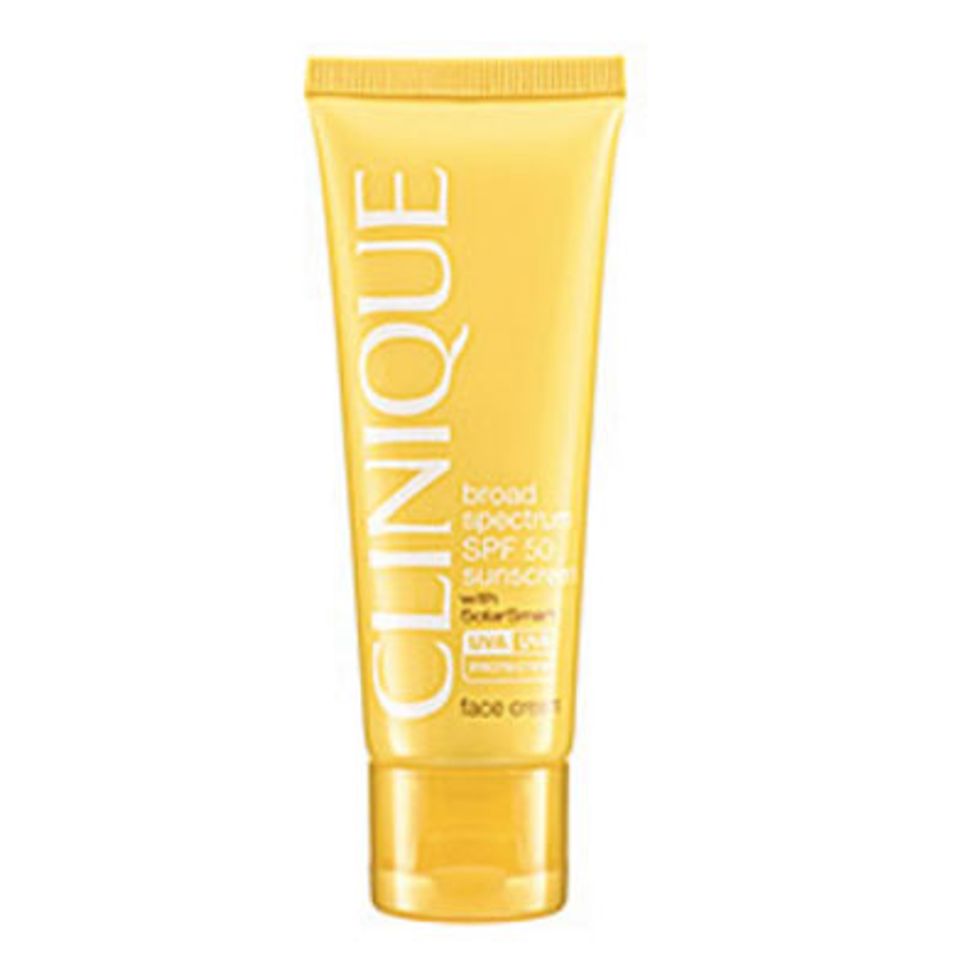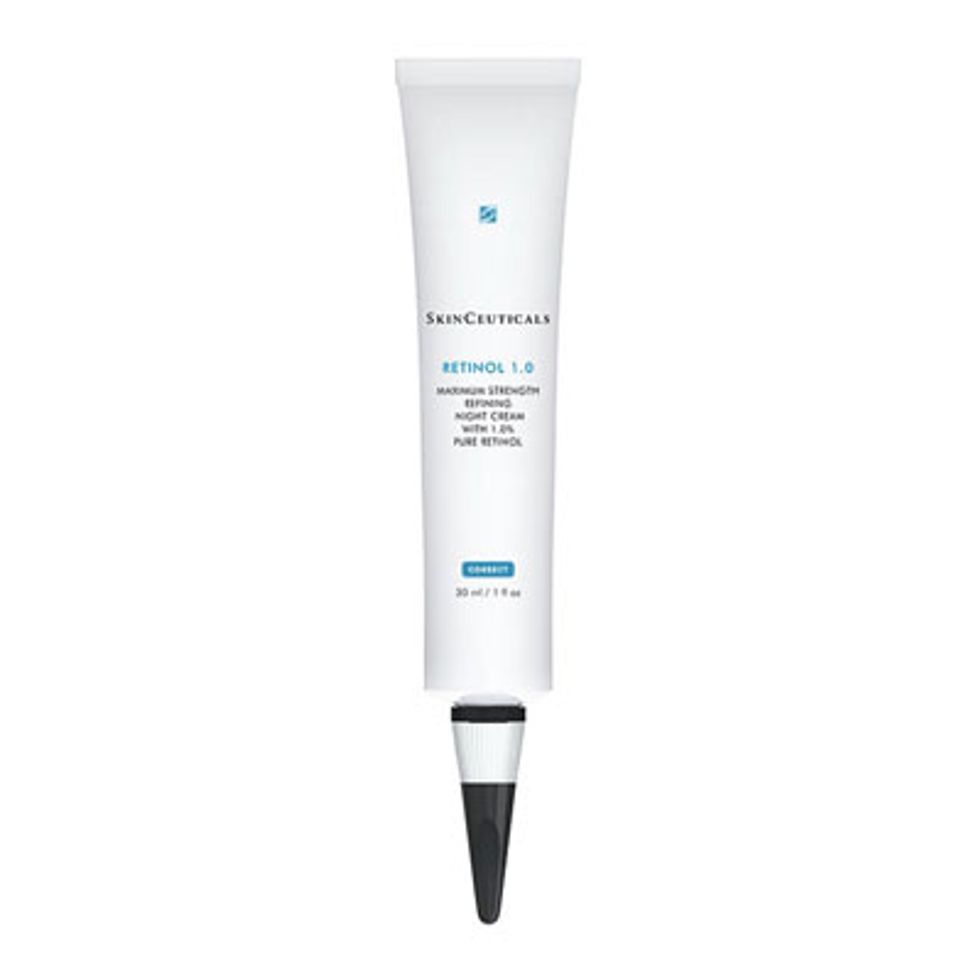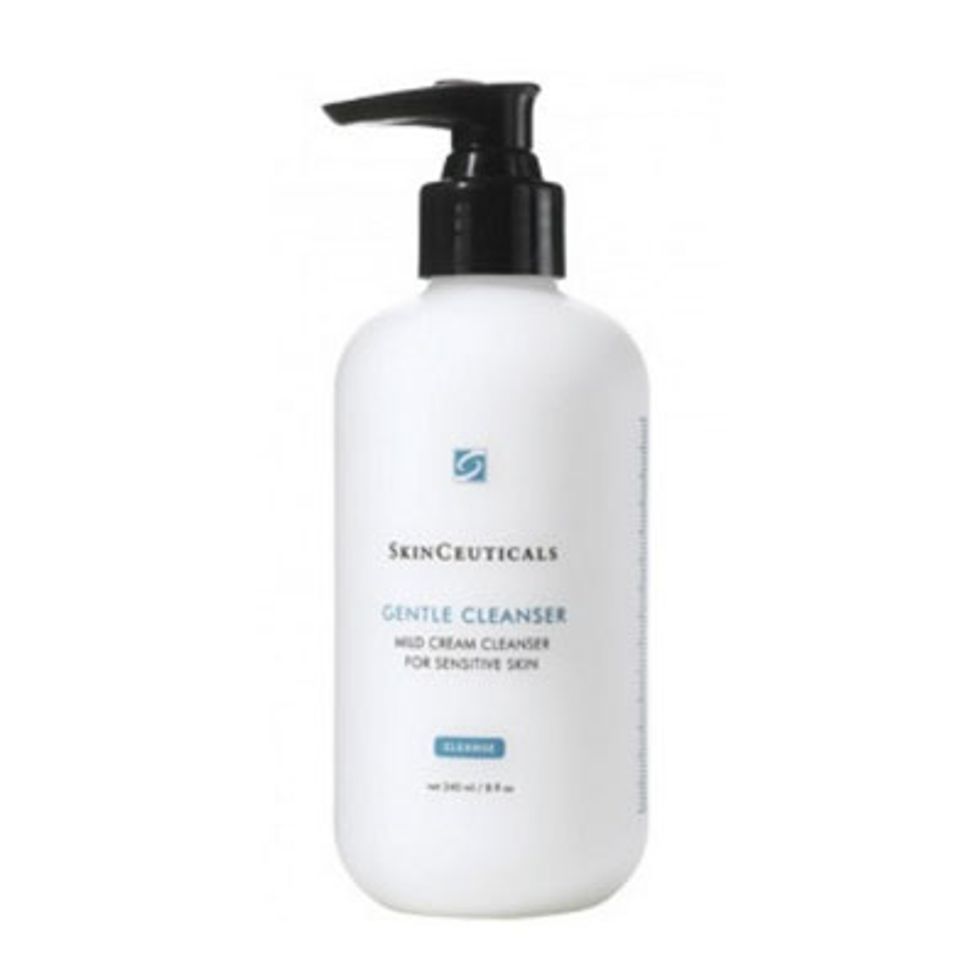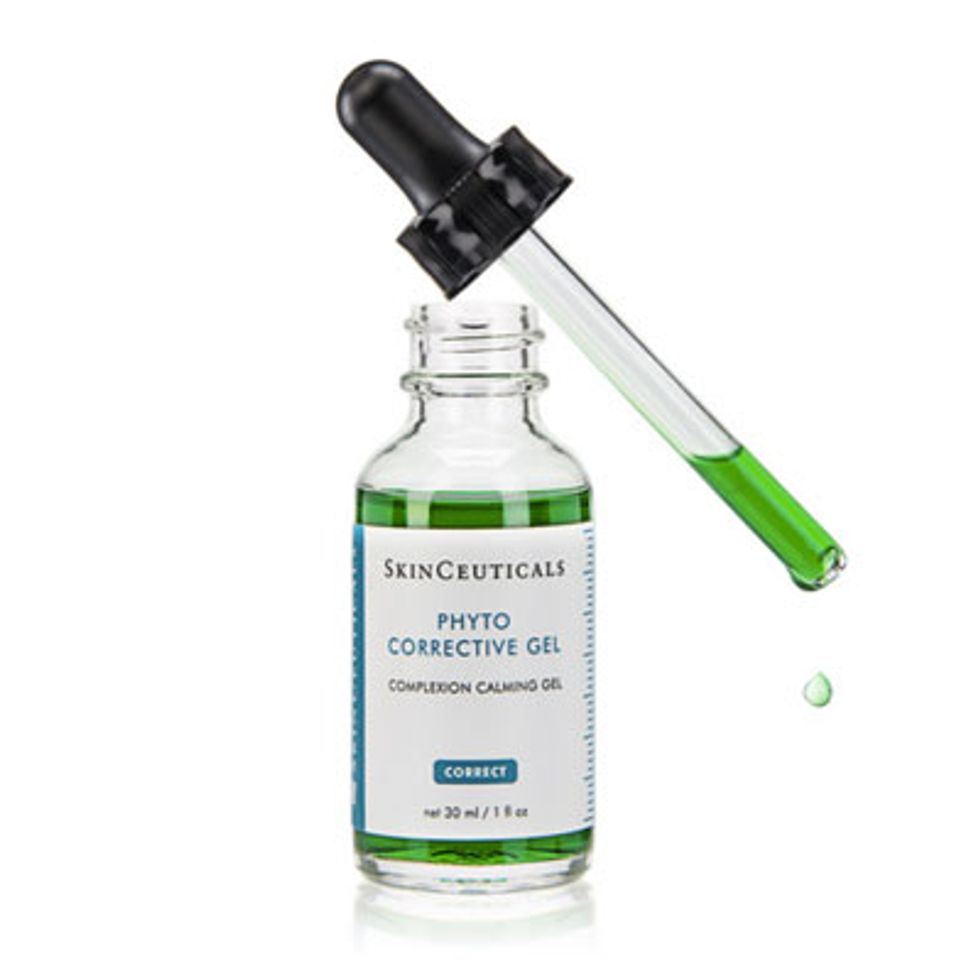Beauty
How to Make Your Skin-Care Treatments Last Longer
Derm-approved dos and don’ts for taking care after a treatment.
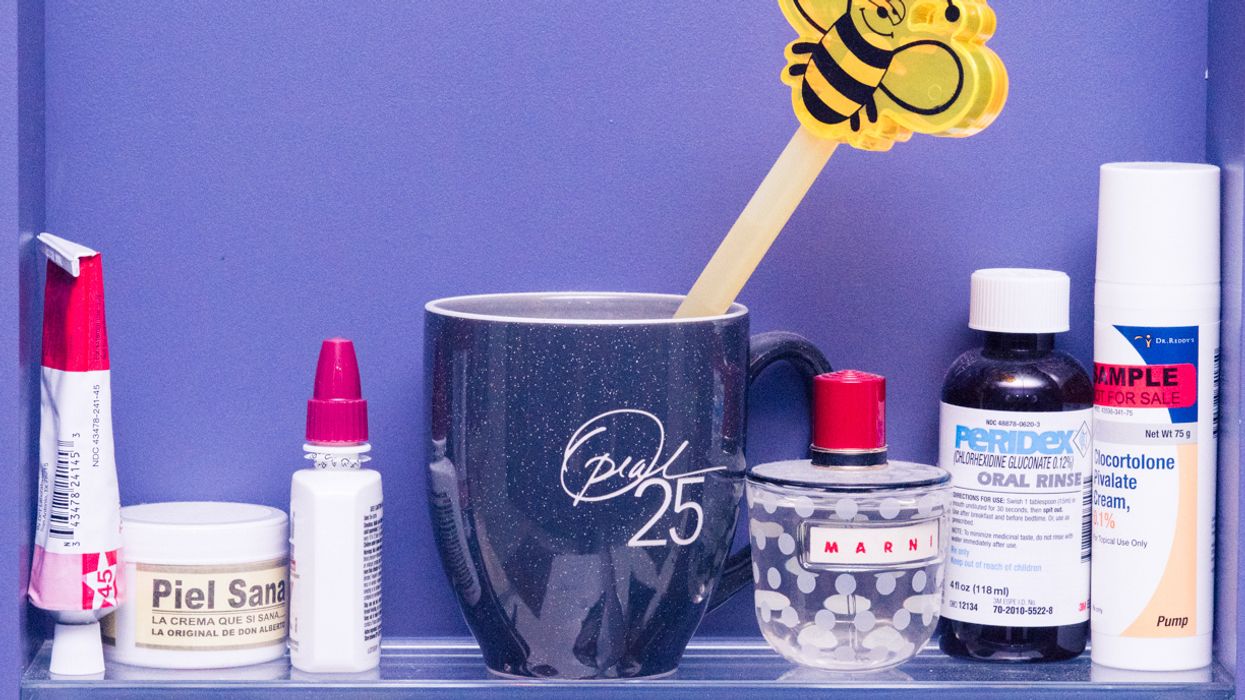
10 November, 2018
10 November, 2021
We don’t know about you, but we’re at that—we’ll call it “golden”—age where we miiight consider going to get some sort of physician-implemented treatment to help us tackle our skin woes. Or, honestly, some of us already have. Whether it’s of the more approachable variety, like microdermabrasion or a light chemical peel, or a more intense procedure, like lasers or injectables, the first thing we always do is research the hell out of it. And we hope you do, too. But once you’ve made the decision to finally commit and fork up the $$$ for said treatment, peak results—and making them last—is the ultimate goal. So we asked dermatologist Dr. Julia Carroll of Compass Dermatology to lay out all the ground rules for what we should and shouldn’t do (plus the best products to use) after a derm procedure.
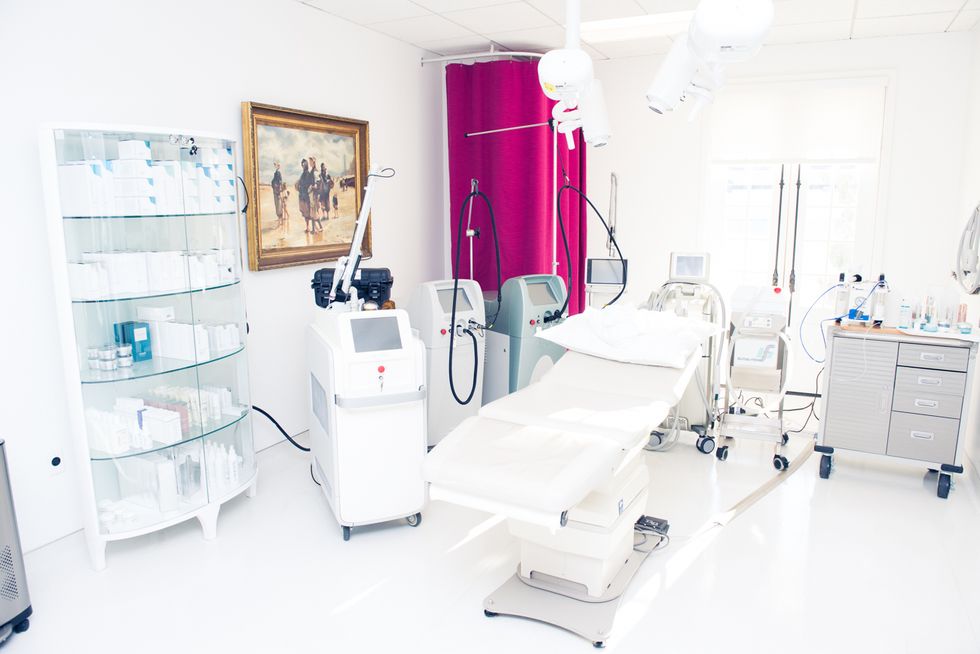
Ask Your Doctor...
“First, make sure you actually meet with a doctor before proceeding. It should be a dermatologist who specializes in cosmetic procedures. They may not actually be performing the procedure, but should consult with you first in person. By following these steps, you avoid being treated by an operator who just took a weekend course or bought their device online.
“During your consultation, you should be made aware of the risks and benefits of the procedure, what the alternatives are, and all costs associated with the procedure. Also, inquire about how soon you will see the results, how long they will last, and any maintenance required. In addition, see if any prophylactic medications are required, especially if there is a history of cold sores.”
Preparation
“The most important thing is to avoid the sun before a procedure. At Compass Dermatology, we put all of our patients on a pre-procedure routine consisting of a gentle cleanser, topical vitamin C, and sunblock (at least SPF 50) in the morning. At night, we prescribe Skinceuticals Retinol or a prescription tretinoin cream as well as a moisturizer. Depending on the patient’s concerns, we may add additional products such as hydroquinone for pigmentation or a glycolic acid for sun damage. For our more aggressive procedures, we get the patients to stop their retinoid products two weeks before the procedure.”
What to Do Right After
“It really depends on the procedure. If your hands are clean, you should be able to touch your face almost immediately. You will begin washing your face that night. Following the procedure, we have most patients stick to a bland routine until the skin is healed. It may be one to seven days. At that point, they can reintroduce products such as retinol.”
Post Laser and Chemical Peels
“For non-ablative lasers, our post-op kit includes Skinceuticals Gentle Cleanser, an anti-redness gel, a topical vitamin C, as well as a physical sunscreen. At night, use a repair cream. In general, stick with simple product. Sunscreen is a must—I suggest a mineral-based sunscreen, as they are less irritating and don’t add heat to the skin like other types of sunscreen. If makeup is required, opt for a mineral makeup. Also, don’t forget a hat!
“For our ablative lasers, we provide our patients with a vinegar-and-water mixture as well as an in-house healing balm. Patients use these for three to seven days, then switch to the above. Of course, sun protection starts immediately following the procedure.
“For a chemical peel, the same rules apply as with the non-ablative lasers.”
What to Stay Away From
“Make sure to avoid products with fragrances or botanicals, as these can be irritating to the skin. Also, post-laser retinoids should be avoided for one to two weeks.”
Post Fillers or Botox
“I use arnica gel directly after my neuromodulator (Botox, Dysport, or Xeomin) and filler procedures. It’s soothing and helps prevent bruises. We also apply Skinceuticals Phytocorrective gel for anti-redness. All of these patients are on my trifecta of an antioxidant, sunscreen, and retinoid. This doesn’t change after the procedure.”
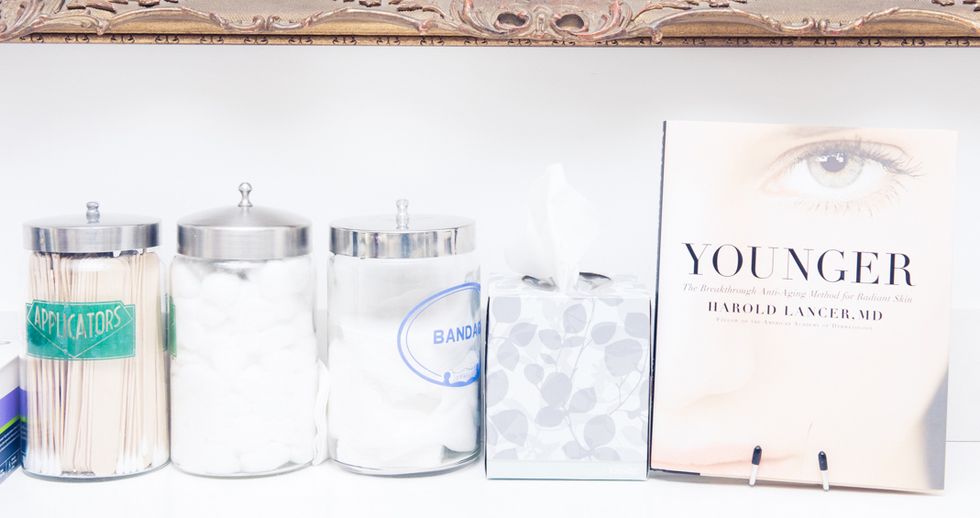
What Not to Do
“My only post-neuromodulator advice is to not apply ice to the area, as it can decrease the effectiveness of the neuromodulator. Do not press on the areas or lie down on the face for four hours, as it can shift the product.”
If You’re Extra Sensitive
“Seek the opinion of an expert. We know that 80 percent of patients will buy product within 24 to 48 hours of having a procedure, but only 20 percent of those do so on the advice of their dermatologist. After investing in these procedures, it’s important to do your homework, and by that I mean talk to your dermatologist about what’s right for your skin type and what you should use to protect your investment.”

